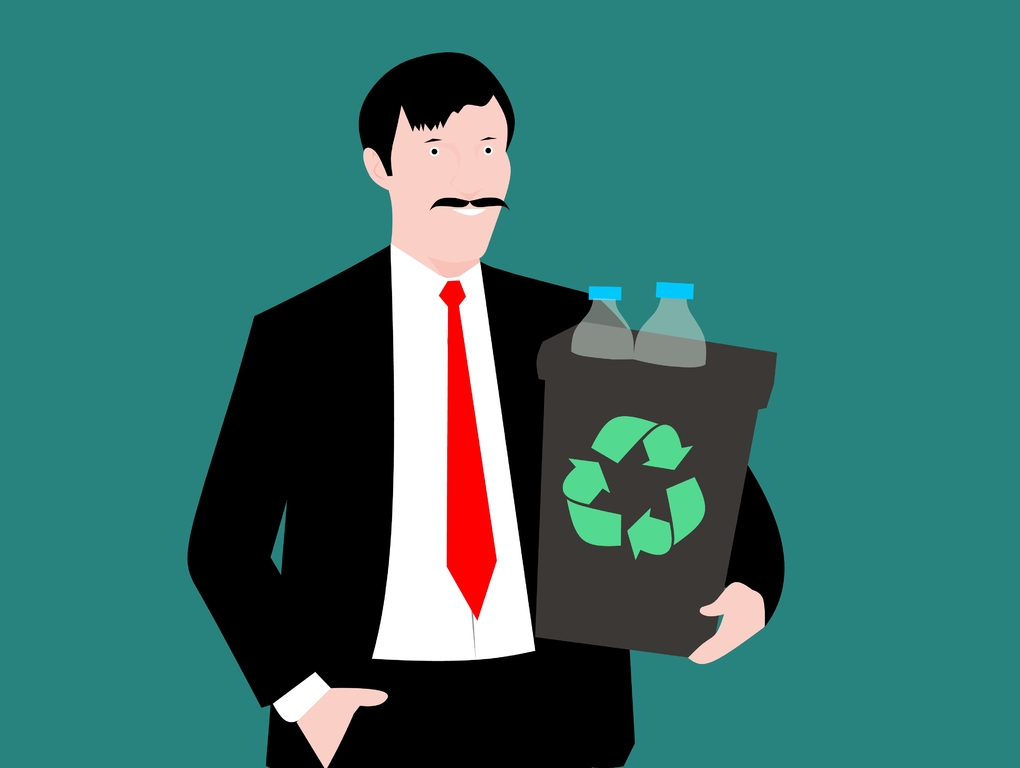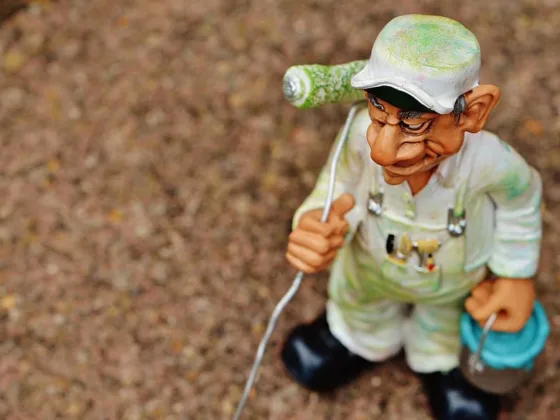We’re currently facing a trash crisis; landfills are struggling to keep up with the demand, while the ocean takes the brunt of the impact.
Luckily reusable items are helping people make the world a better place.
But before we get into that, let’s talk a little bit about the problems we’re facing:

The Problem
Since the 1950s, nearly 8.3 billion metric tons of plastic have been used. This stat makes plastic one of the biggest environmental problems our generation has seen.
What makes this statistic even scarier is when you consider how much of the world’s plastic gets recycled.
Scientists think that only 9% of the plastic we use will get recycled, which is shocking.
What this means is, the majority of plastic waste will end up in landfill sites across the globe.
The problem is that plastic doesn’t completely break down and disappear; instead, it breaks down into tiny microplastic pieces.
This is a huge problem not only for wildlife but for human beings as well.
Let me explain:
Once the plastic has turned into microplastic, it can be easily picked up by heavy rainfall. From there, it gets washed away down the drains making its way into rivers, streams, and eventually the ocean.
National Geographic did an excellent piece that showed the top 100 rivers carry nearly 90% of the trash that enters our oceans.
And this is where the damage really starts!
Marine life can easily mistake microplastic for food, where they can choke to death if they try to ingest it.
If they don’t choke, they usually end up starving to death. Their stomachs can’t break down plastic, which means it ends up clogging their intestines.
It seems that our marine life takes the brunt of the damage caused by plastic. A quick trip to YouTube, and you’ll see exactly what I mean.
Whales, turtle, and sea birds are all being found washed up on beaches with a belly full of plastic.
And it gets worse:
Because fish and other wildlife are ingesting plastic, we can now start seeing plastic chemicals within human bodies.
Exposure to the chemicals within plastic can cause severe problems for our health in many forms, such as:
- Liver Dysfunction
- Cancers
- Skin Diseases
- Lung Problems
- Congenital disabilities
- Reproductive concerns
The list really does go on, but if you want to know more, you can check out the full study right here.
Luckily, there are some things we can do to stop or significantly reduce the amount of plastic waste we produce.
Read Also:
The Solution
If we genuinely want to make a difference to the plastic problem, there are a few solutions you can take part in.
Stop Using Plastic
The less plastic we use, the better; it’s not always an easy task in today’s world, but it is possible.
You can start with simple things like not using plastic bags when you’re shopping or using a reusable water bottle instead of a single-use container.
If we stop using plastic altogether, then we reduce the need for it to be manufactured in the first place.
Recycle
I mentioned earlier that only 9% of plastic waste gets recycled.
By recycling, we can stop plastic reaching our ocean and damaging our wildlife. It also reduces the need for virgin plastic to be created.
Reuse
This could mean a few things; it could be reusing the plastic bags you have in the cupboard instead of grabbing a new one. Or you could purchase reusable items that replace the plastic product you use.
All three of these solutions can be very effective, and you don’t have to do it perfectly (although it does help), you just have to try. It’s the small things that make the most significant difference.
Everyday Reusable Items
Reusable items don’t just help us battle the trash crisis, but they can also save you money in the long run. If you’re not sure what reusable items to go for, here are a few items that helped me cut down on my waste:
Stasher Bags
A great way of reducing the amount of plastic you use in the kitchen is with Stasher Ziplock Bags. They’re more durable than their plastic counterpart, reusable, and they contain no harmful toxins within.
Napkins
Paper napkins aren’t precisely a trash problem, but they are an environmental problem. Purchasing reusable napkins means no more trees will need cutting down for the single-use product.
Silicone Cake Mold
The non-stick design of silicone cake molds makes it great for reducing the amount of trash that enters our bins. It doesn’t just help our trash bin; it also makes your baking experience much easier.
Beeswax Wrap
This is an excellent way of reducing your plastic waste while keeping your food fresh.
You can use it to wrap around bowls to create a tight seal. It’s also made with 100% natural materials, so you don’t have to worry about any harmful toxins.
Grocery Bag
Next time you go to the store for your weekly food shop, why not take a reusable grocery bag with you? It will help you reduce the amount of plastic waste you bring back home.
The best bit is they’re a lot stronger than your average plastic bag.
Silicone Mats
This is a great reusable item for any baker. It stops your food, sticking to the bottom of the tray, and burning.
But the best thing is, it prevents the need for using greaseproof paper, which is neither biodegradable nor recyclable.
Water Bottle
Single-use plastic water bottles are one of the most commonly found trash items. A reusable water bottle will help you cut down trash.
But what’s even better is, reusable water bottles have no BPA, which means they’re a lot healthier.
Rounding It Up
Hopefully, you understand the problems we’re facing with plastic entering our oceans. But there’s one thing I want you to take away with you. And that is, to use reusable items and ditch the plastic.
Not only will it save you money in the long term, but it will also set a better future for your children and grandchildren. Think about what type of world do you want them to live in?










